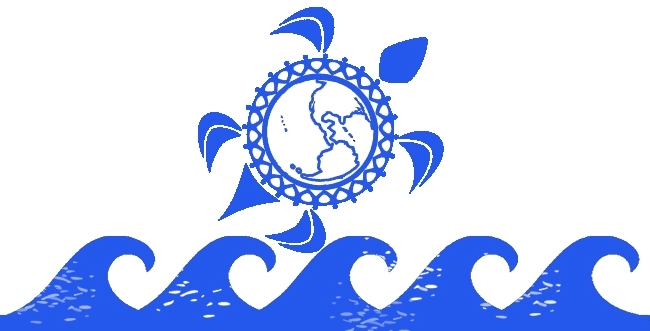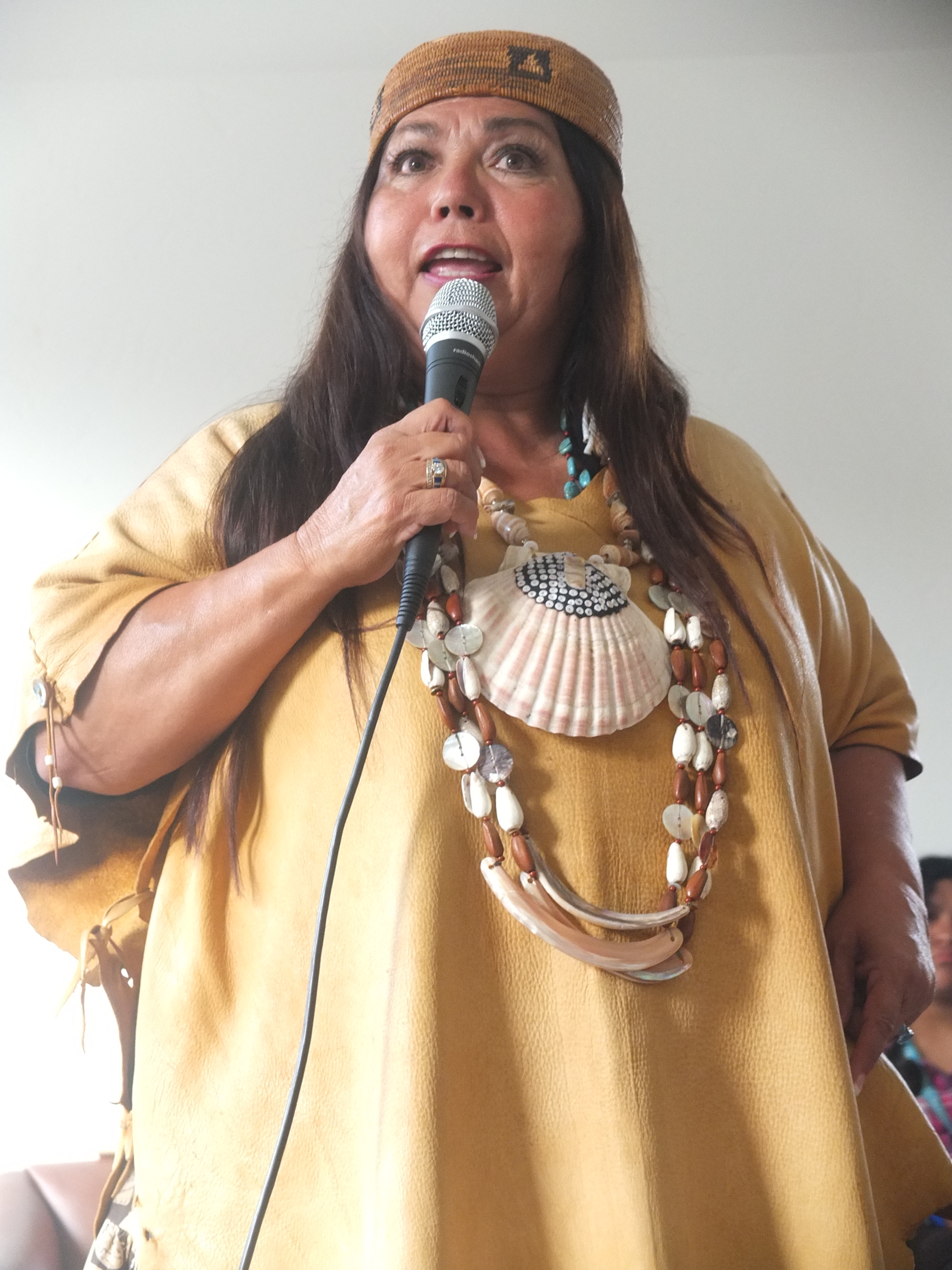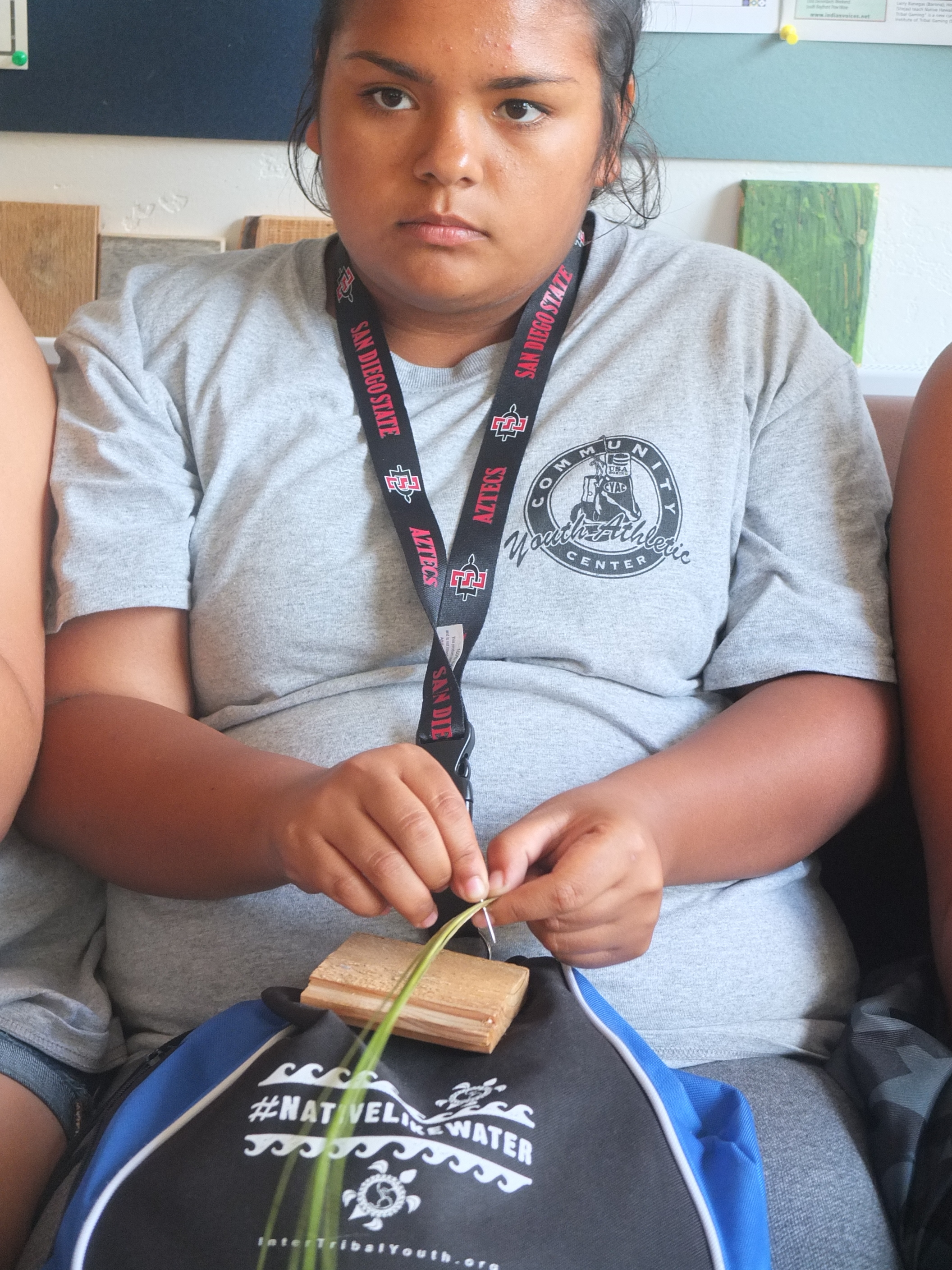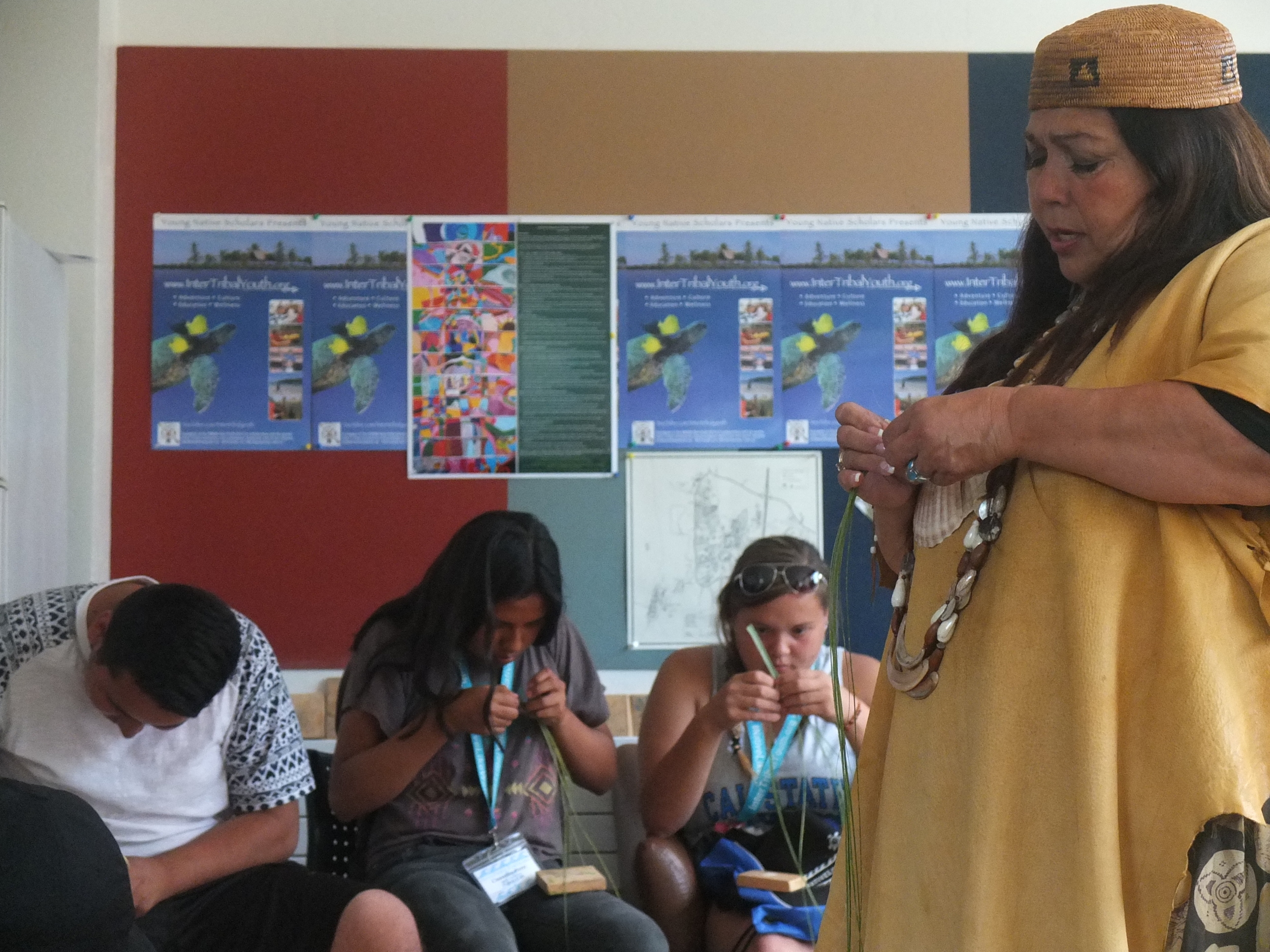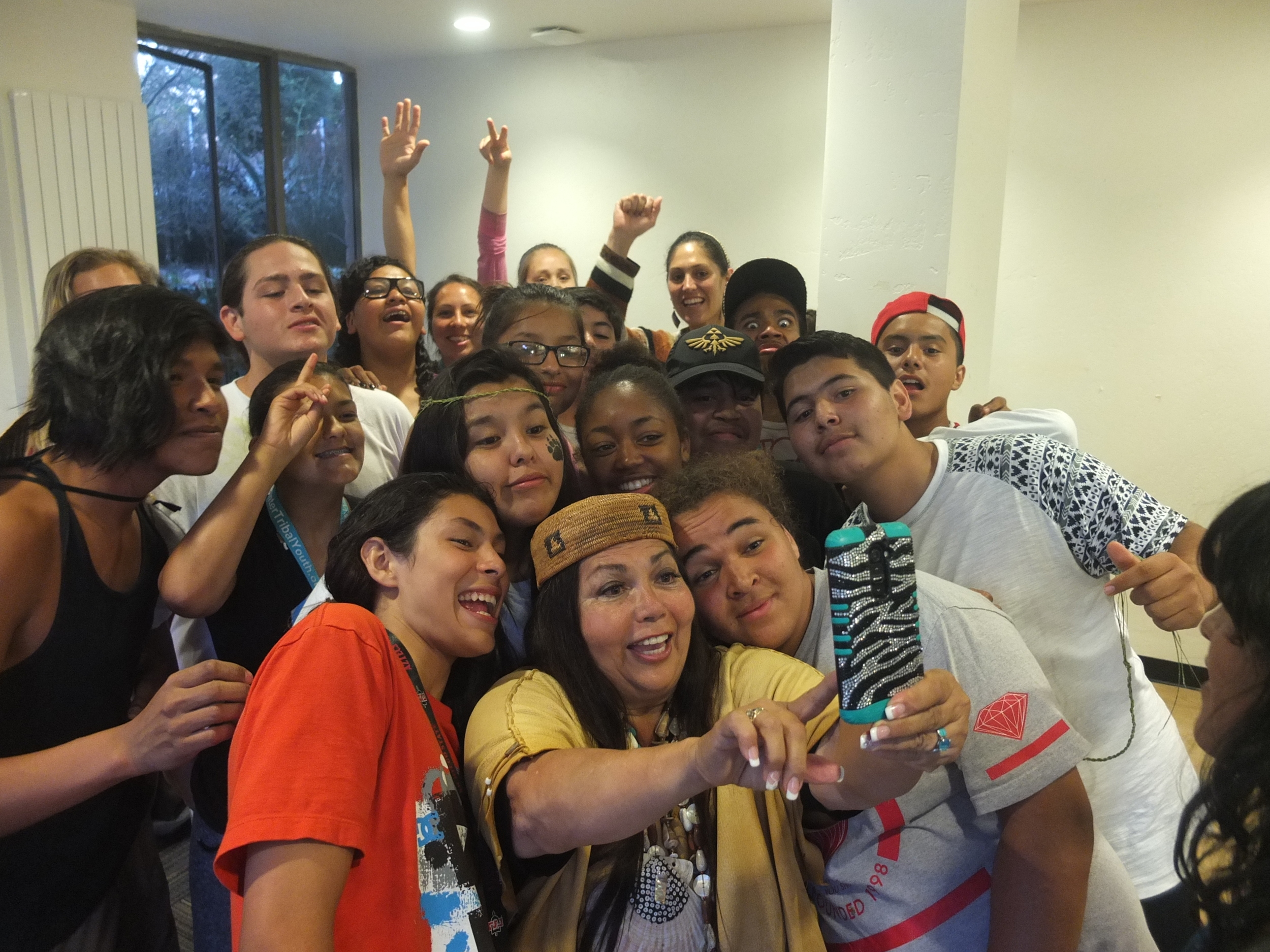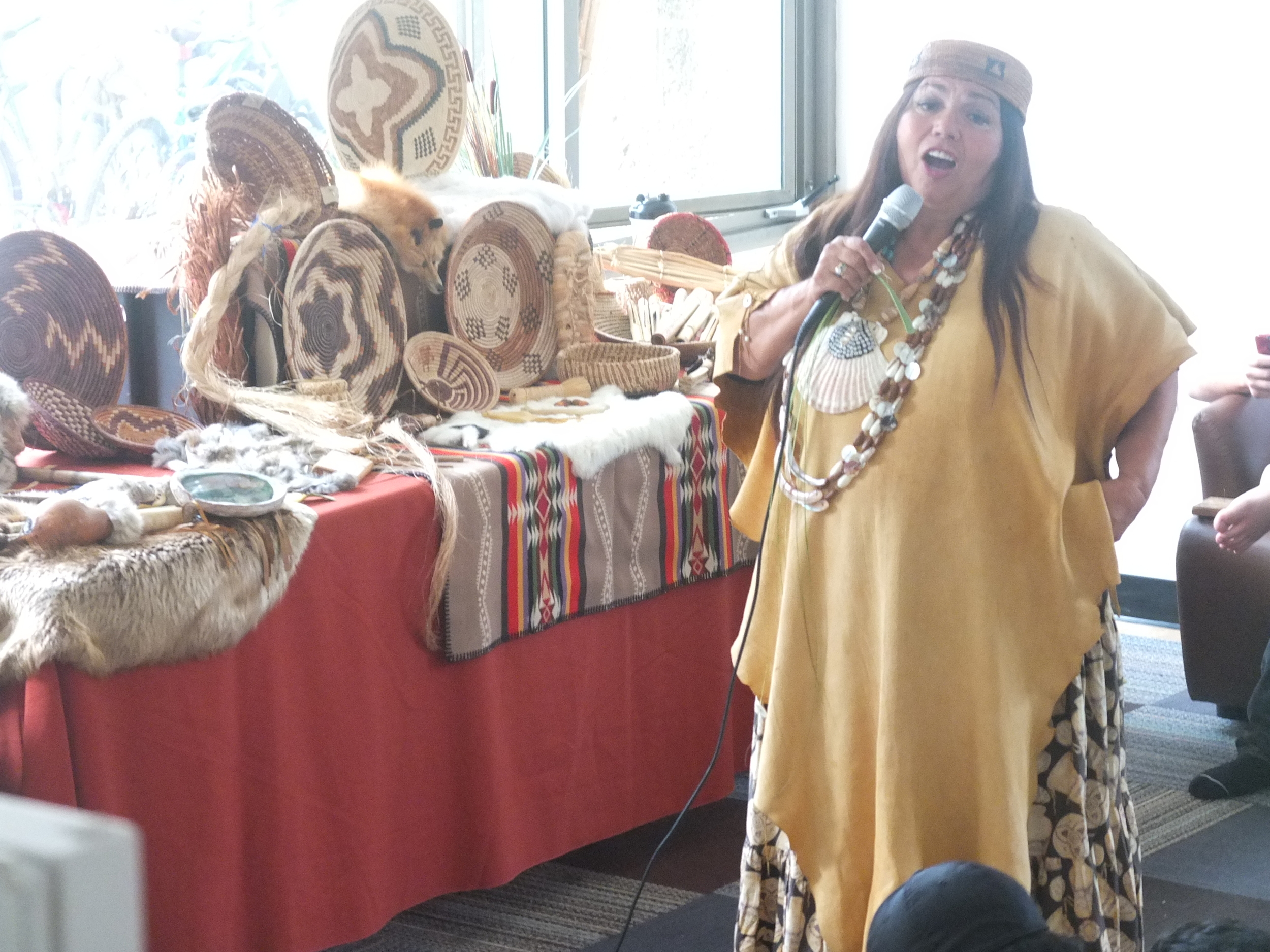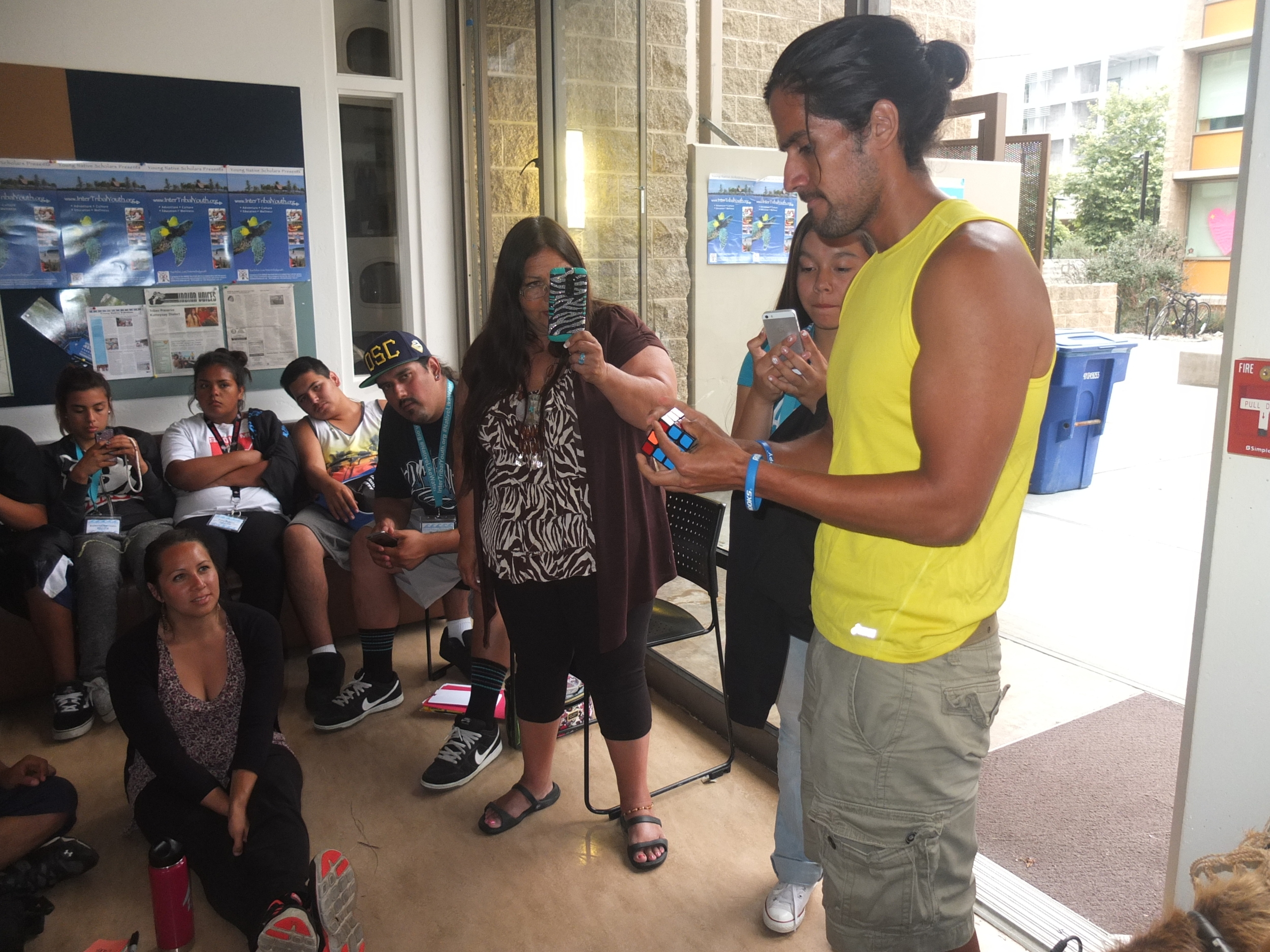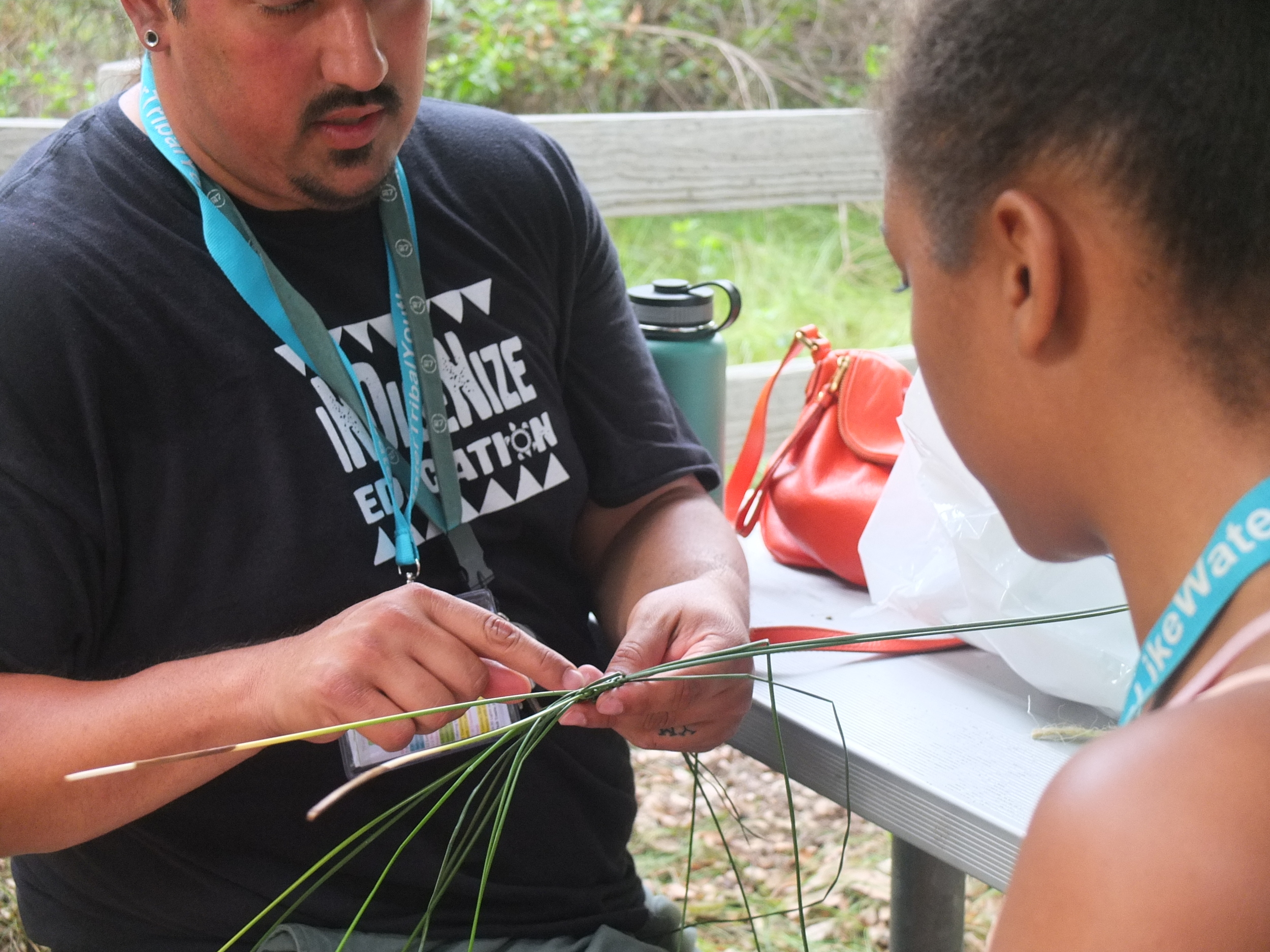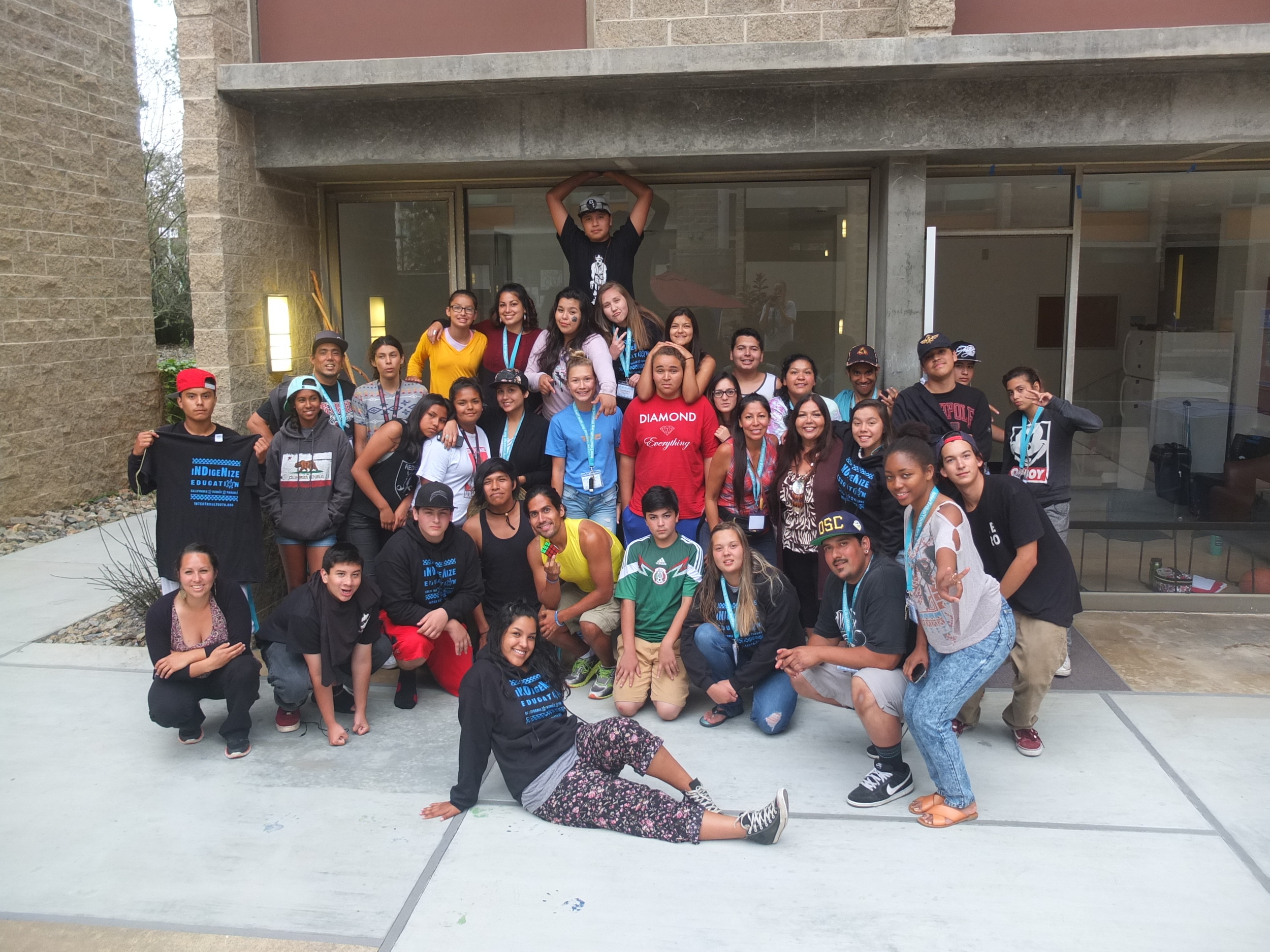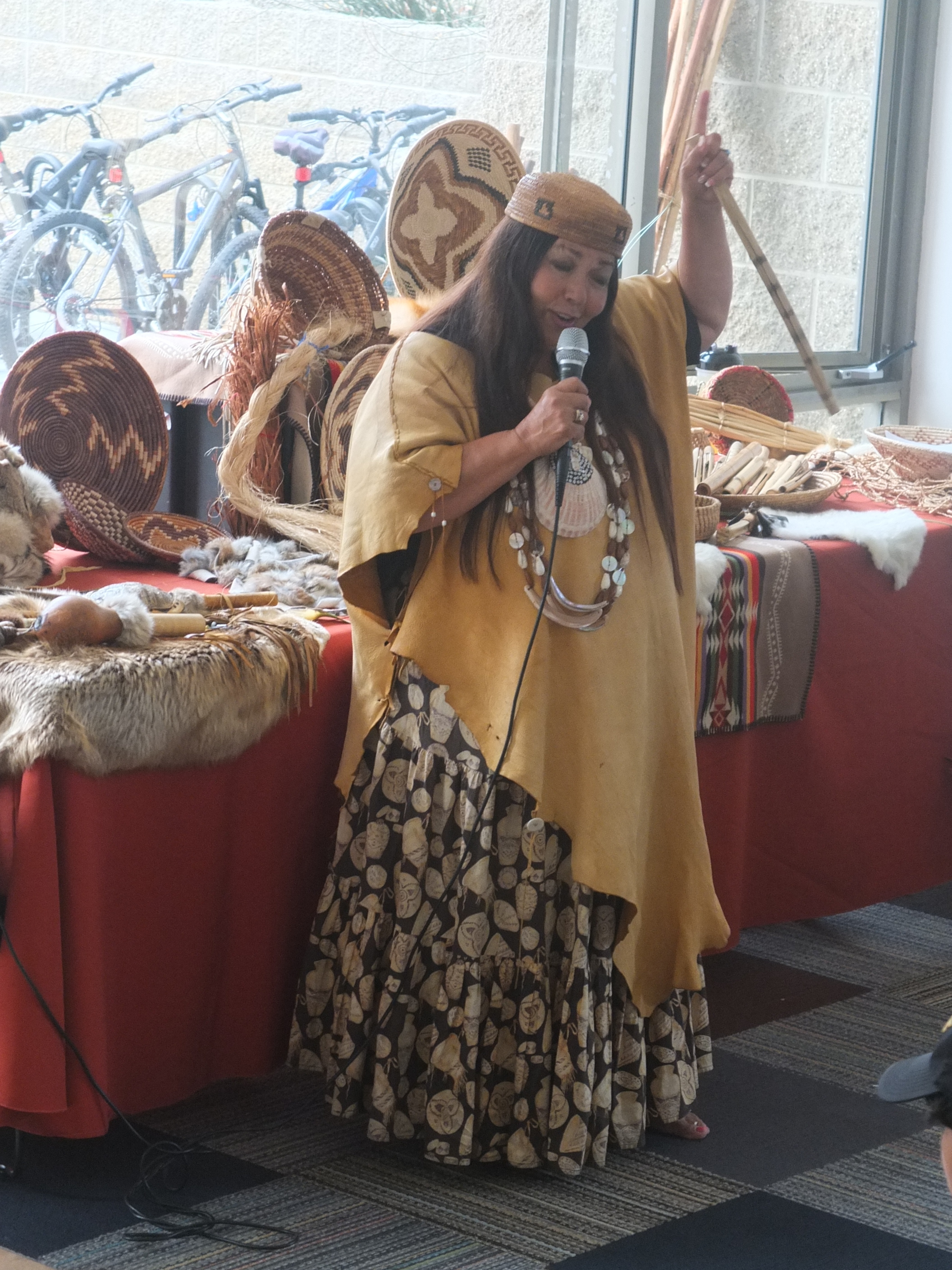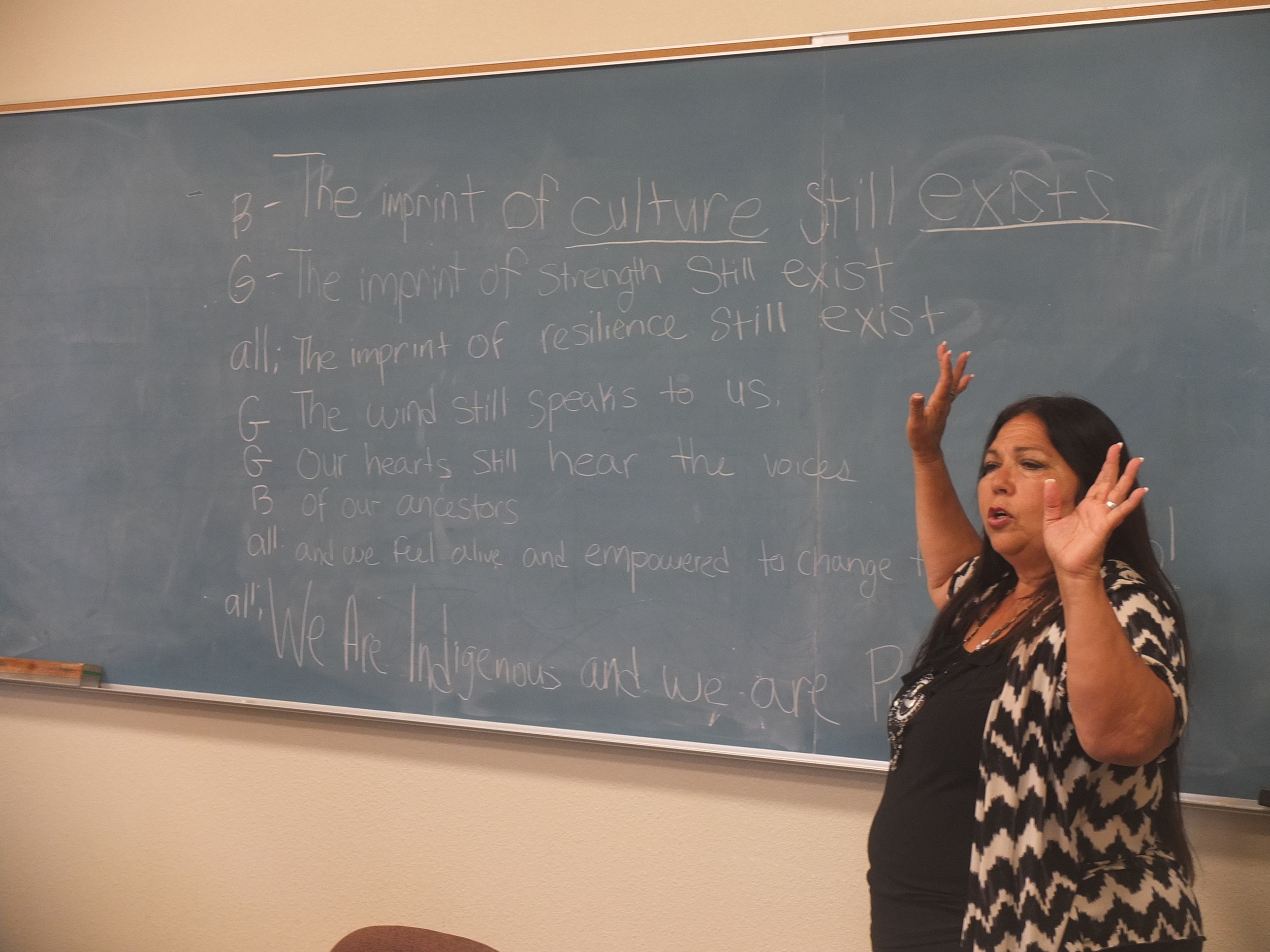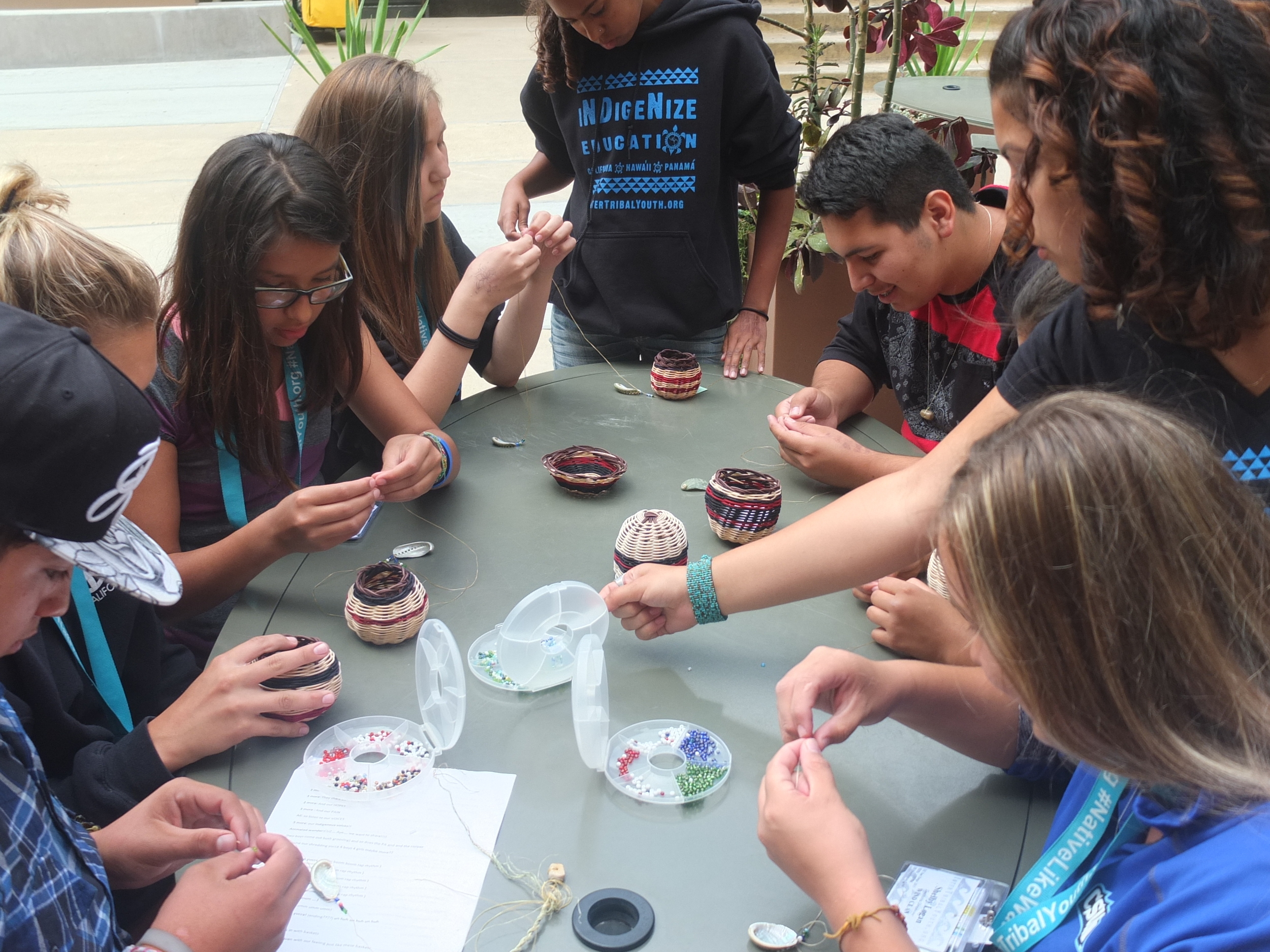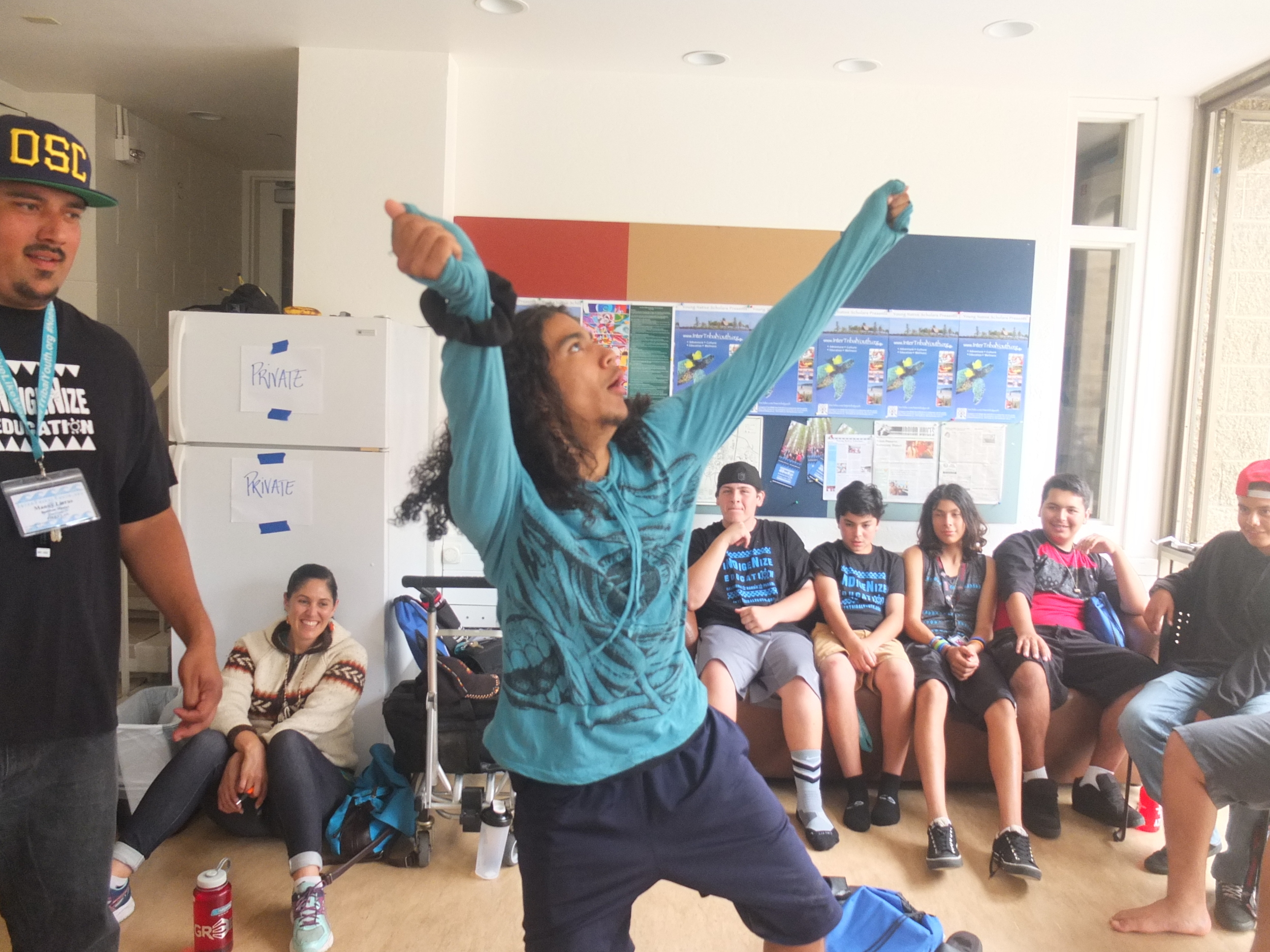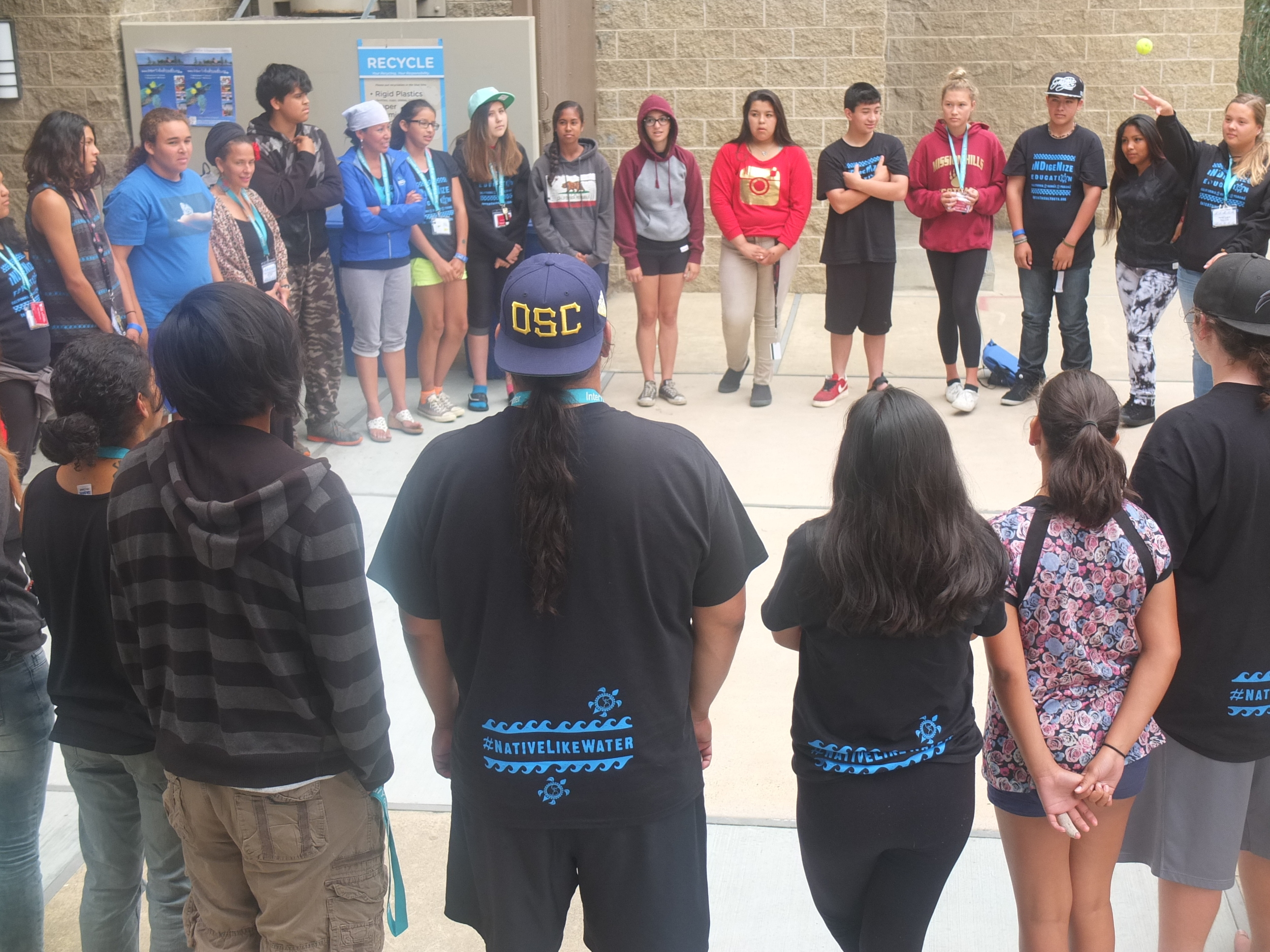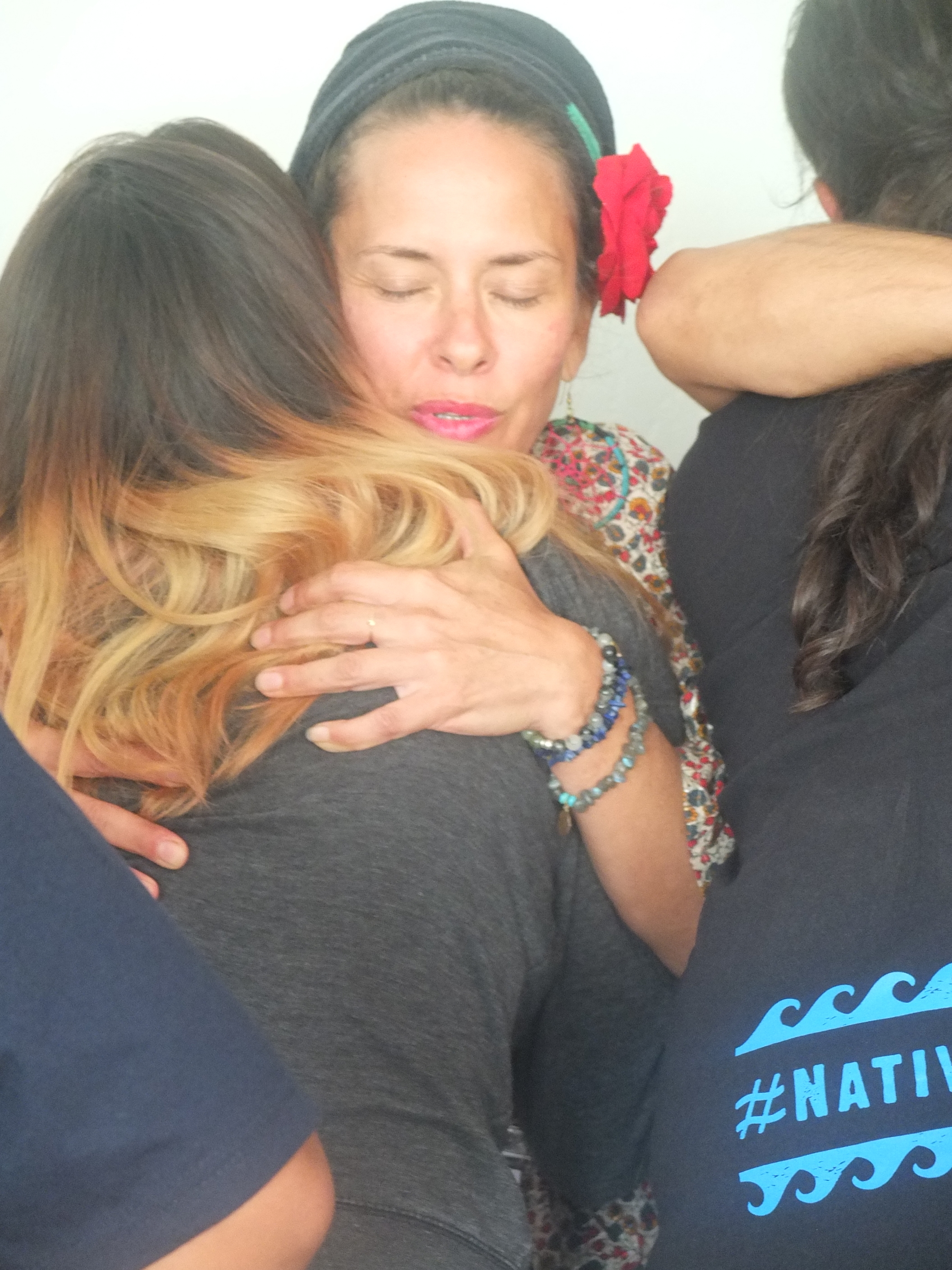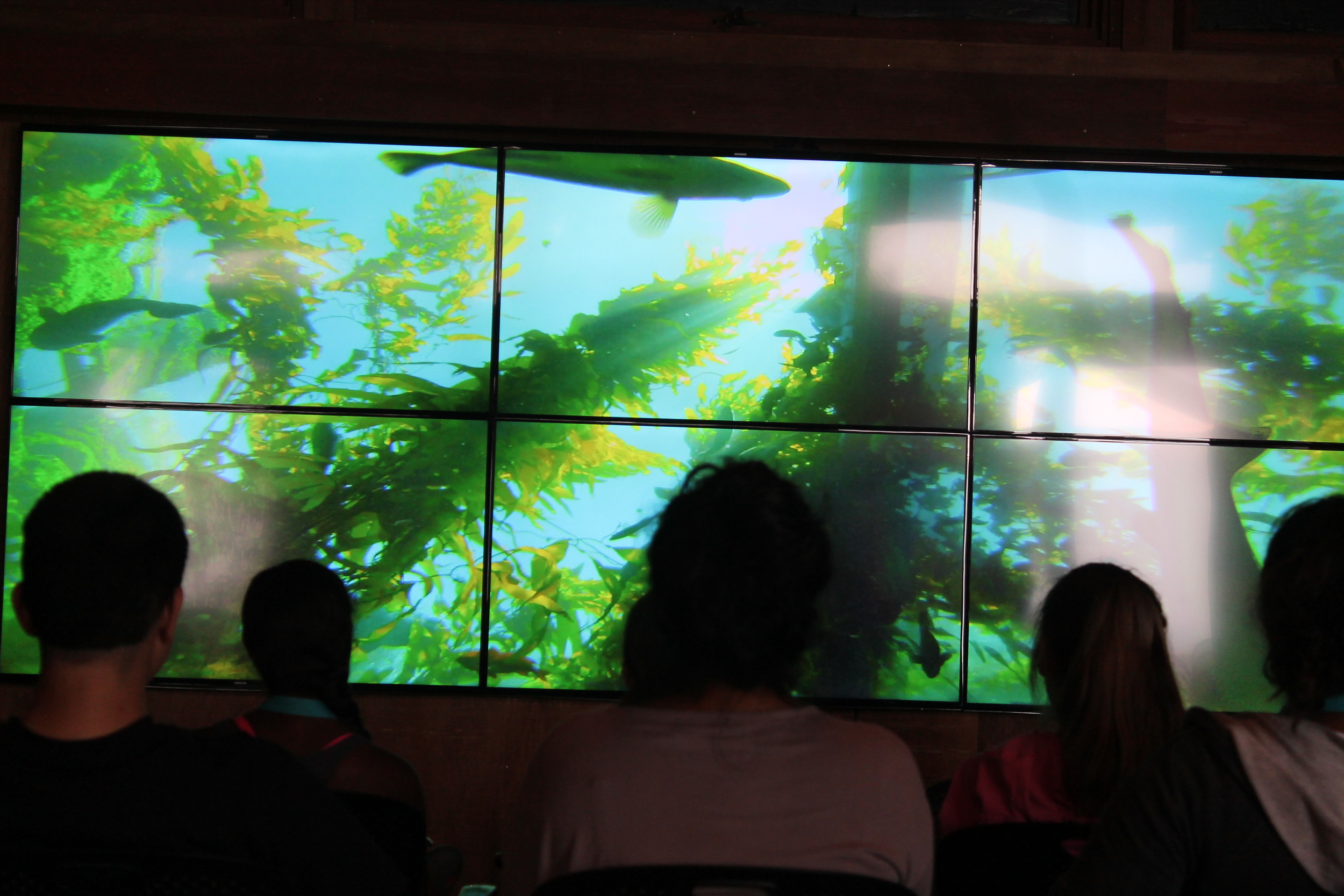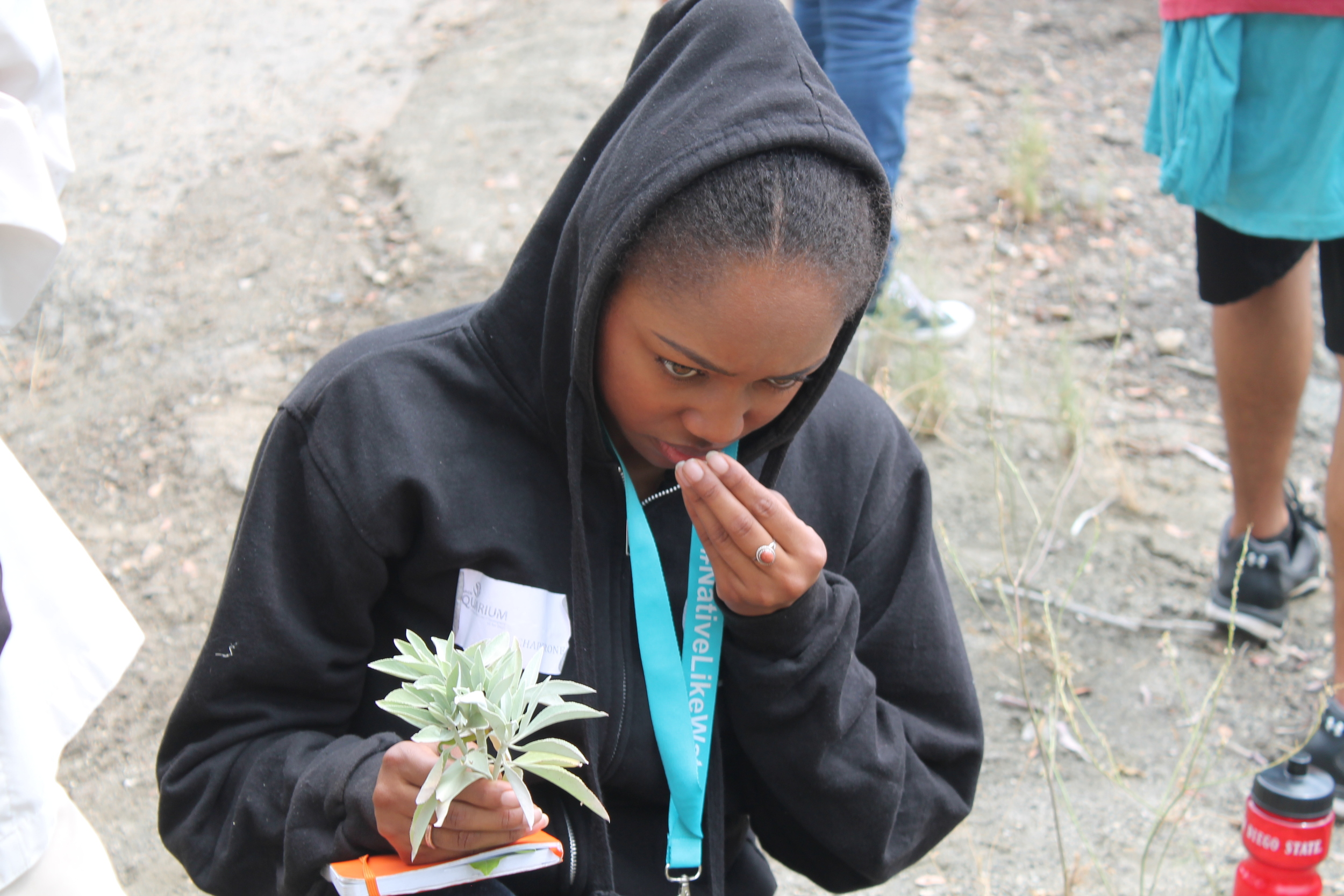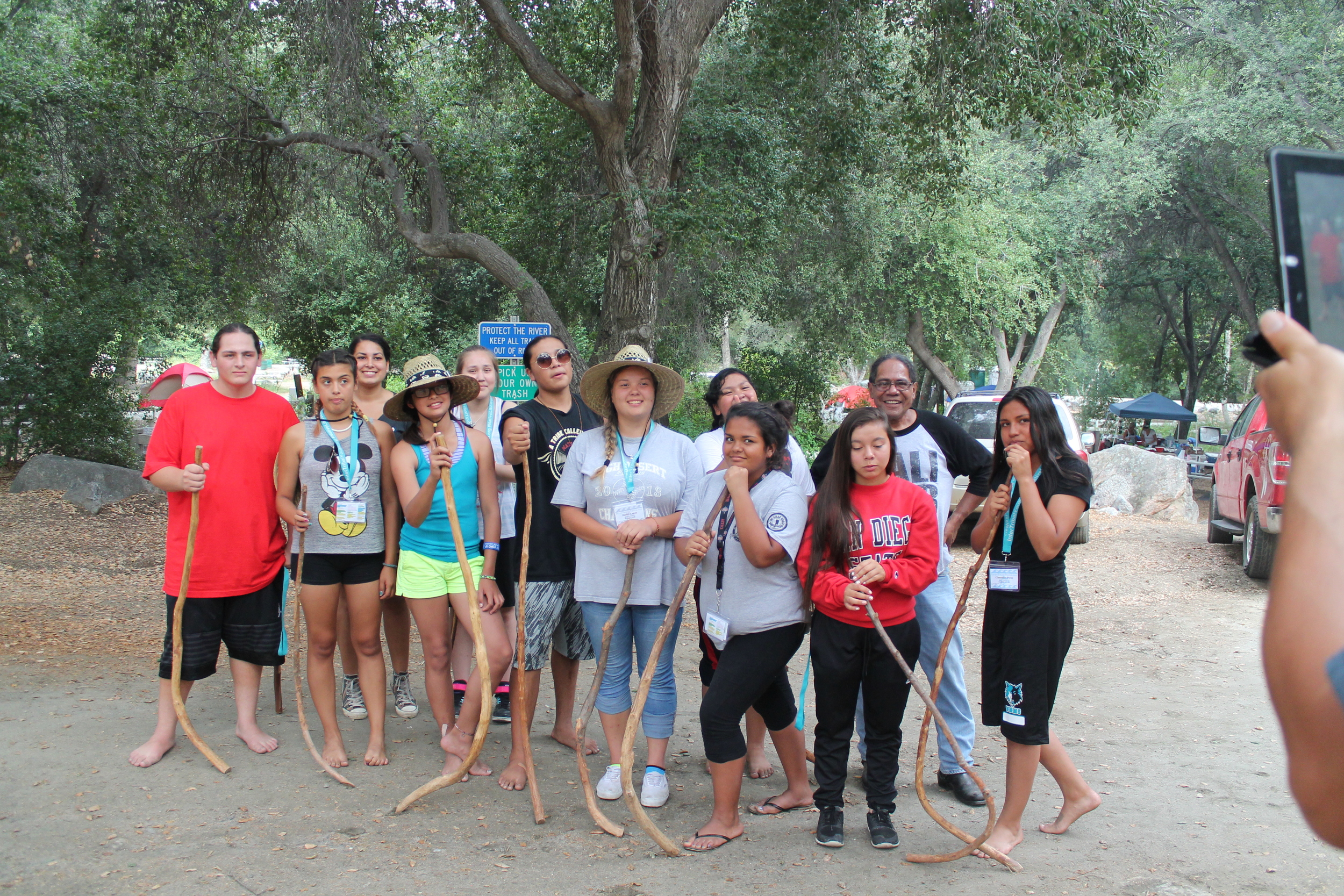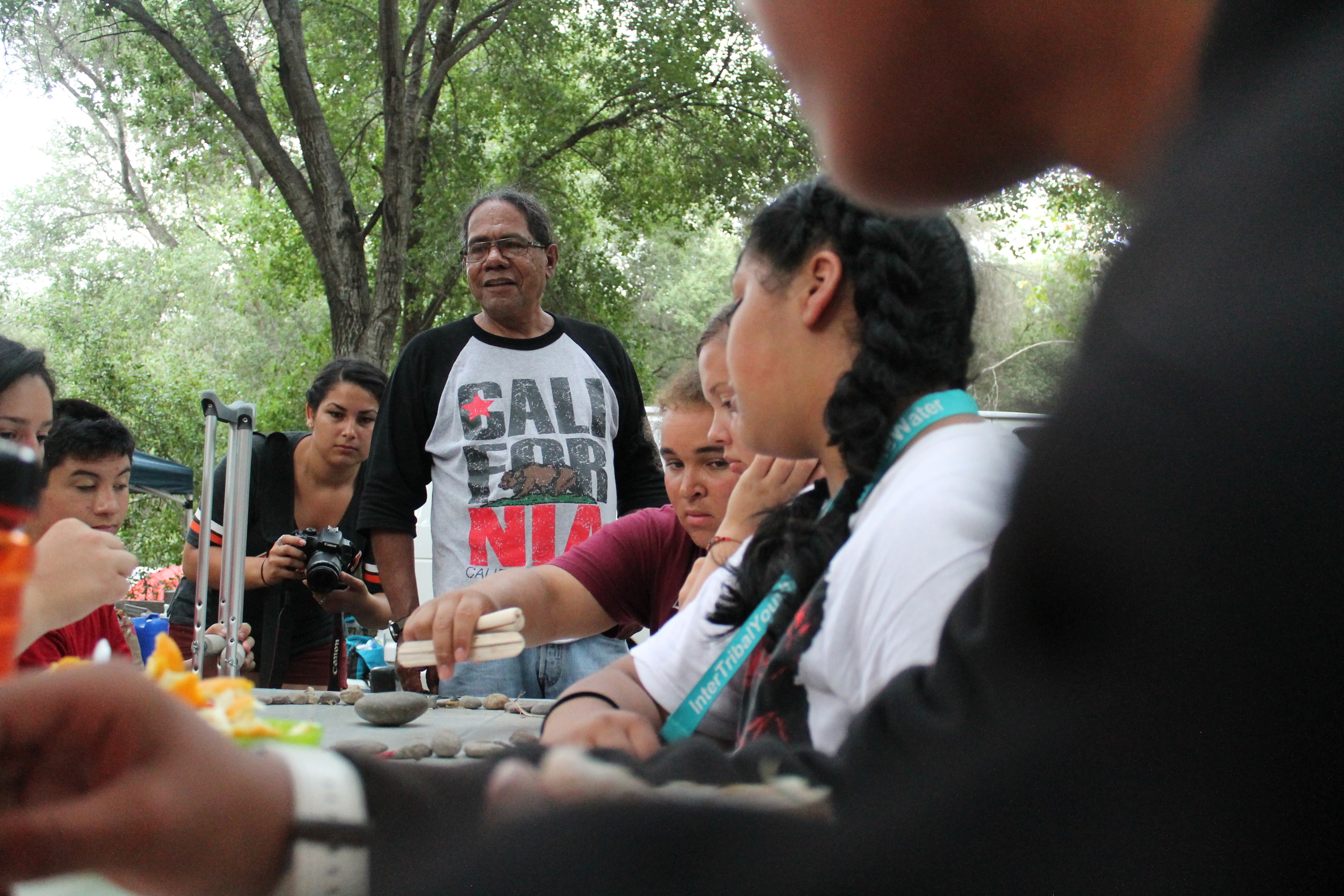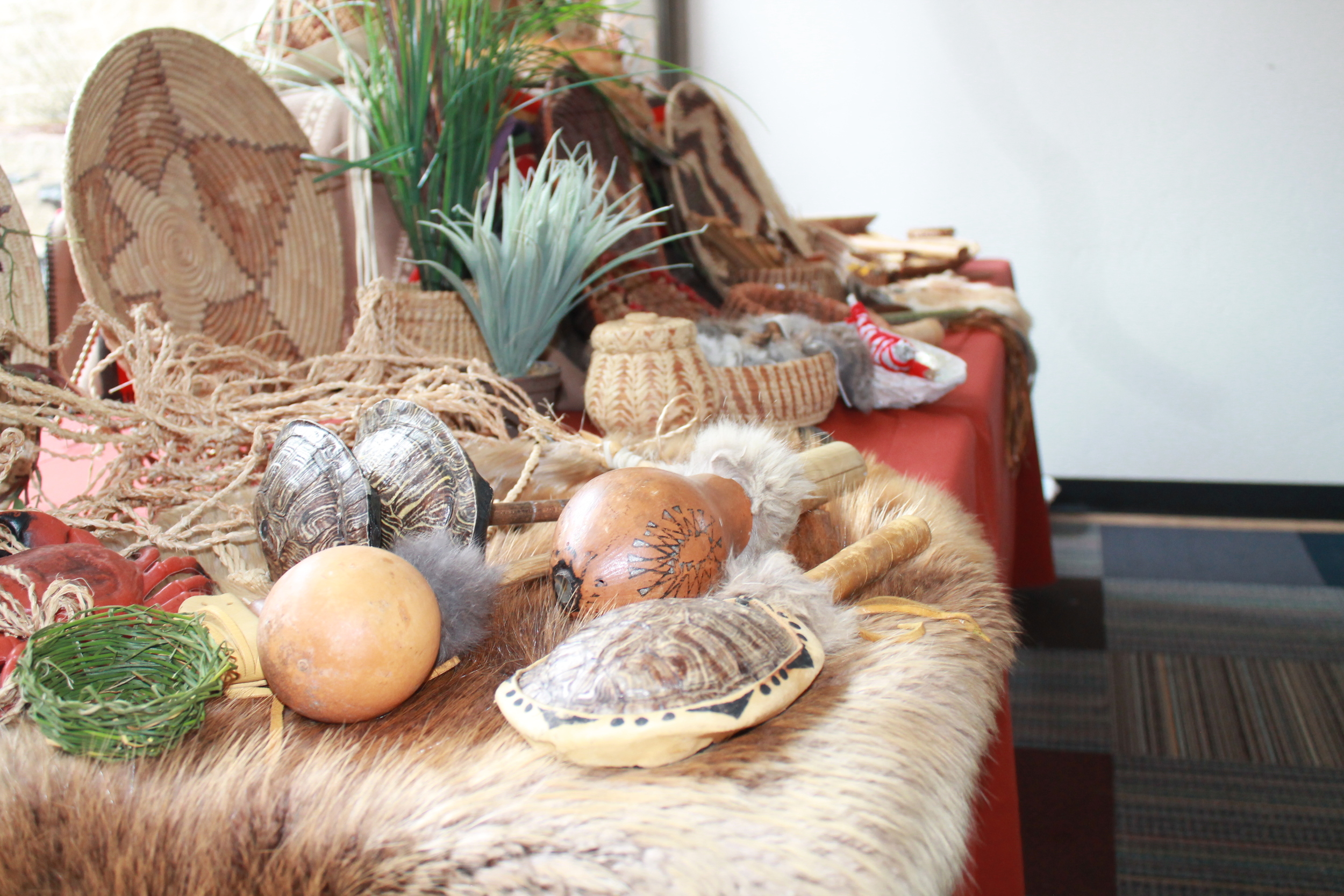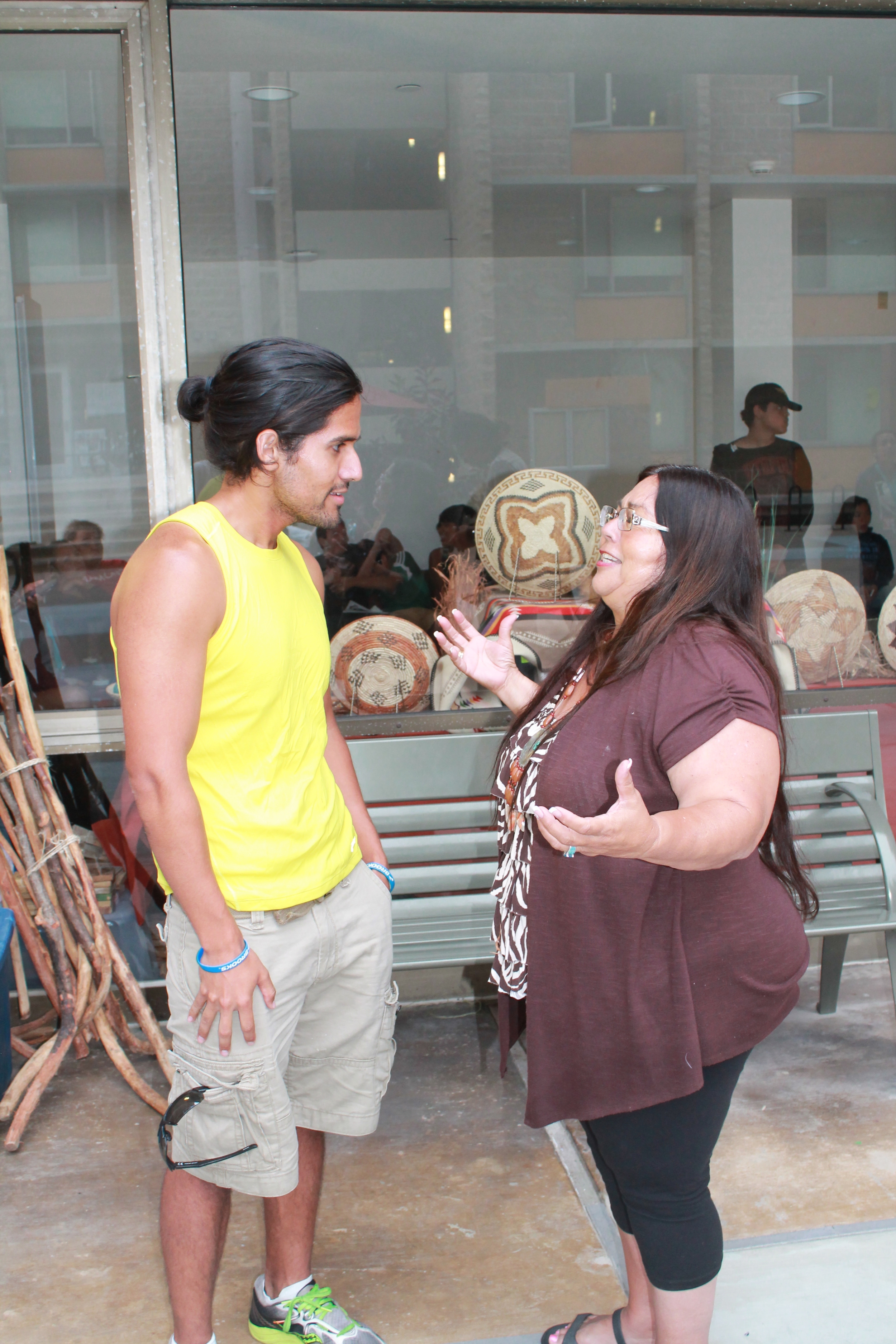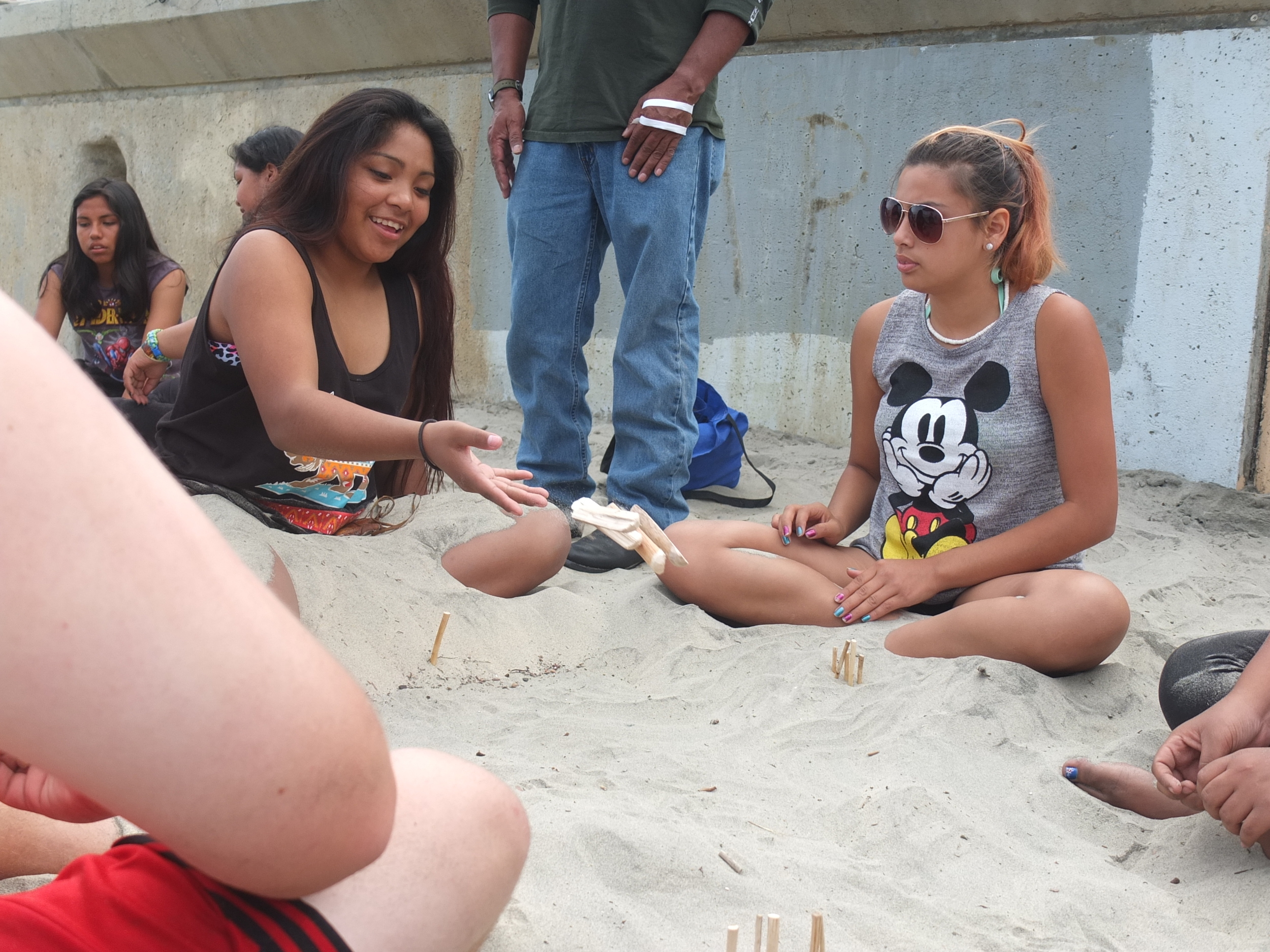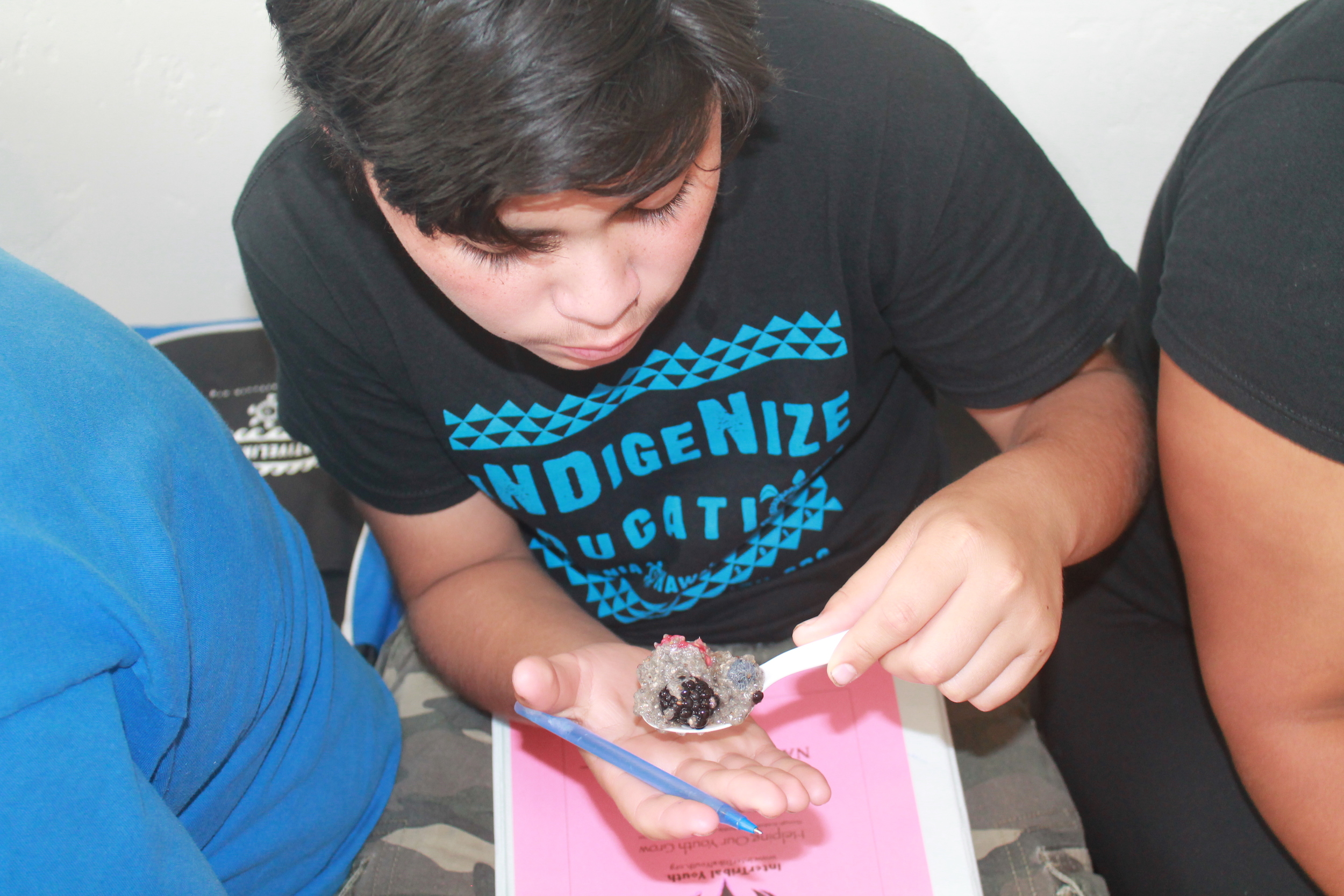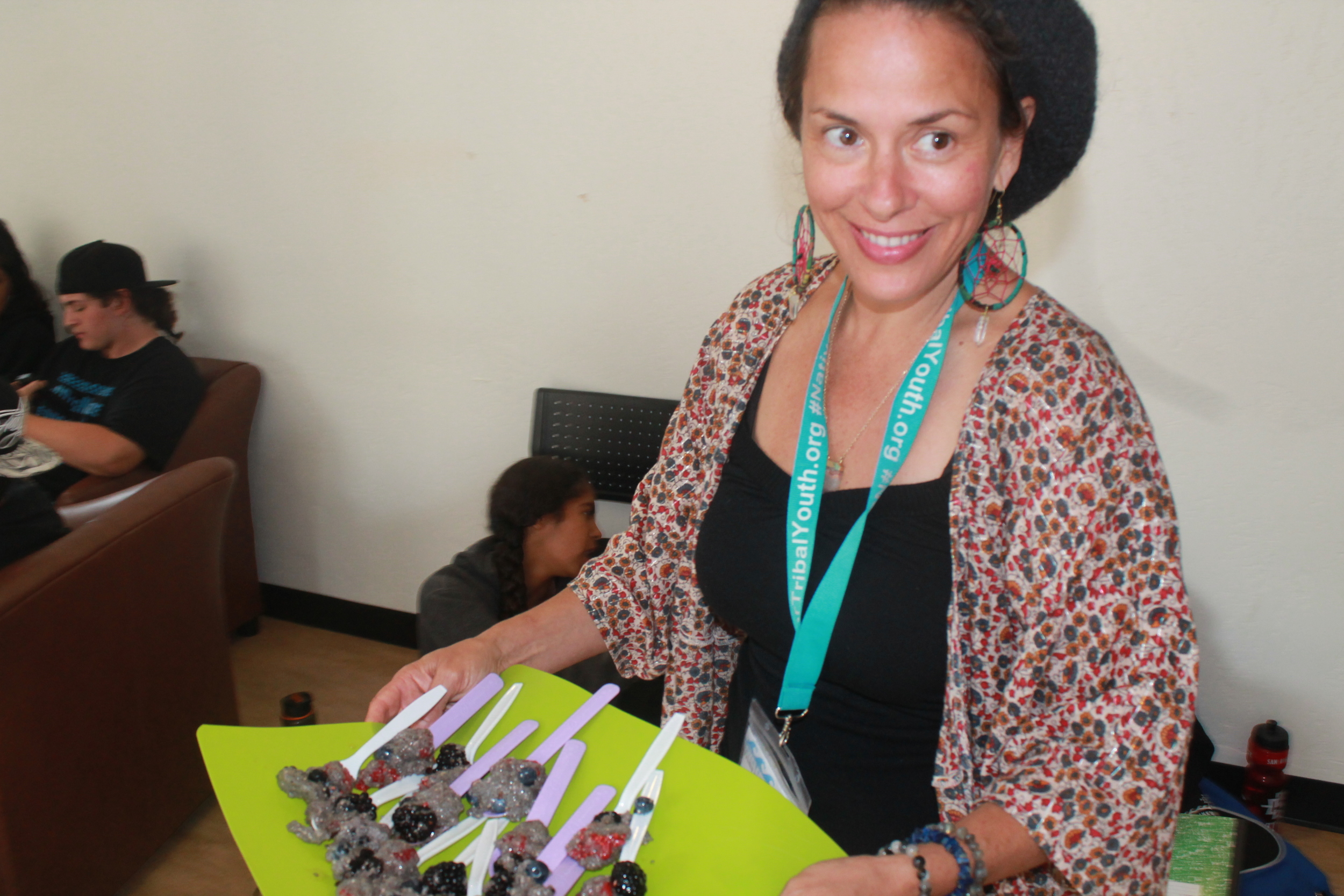The Art of Story Telling
Activities foster an inter-generational dialogue with elders from the community who are the stewards of important stories, traditions and knowledge surrounding the existence of water, earth-based and coastal living.
Fueling this artistic module is the conviction that such intergenerational exchanges are fundamental to the health of a community which fosters young talent. The module’s workshops help young and elder scholars translate their growing experience, expertise, into a new generation of stories. The module culminated in an evening of intergenerational storytelling around the theme of water, albeit tears. The greatest benefit to the participants is participants, as well, are given an opportunity to find their voice and strength to present orally with conviction. This task requires a correct environment and support system. Surpassing the feeling of vulnerability or shame, youth and young adults move into a realm of strength and confidence.
A special synchronicity was created in class and Jacque pointed out the cultural way of telling story is done simultaneously with creation of small crafts. This aids the youth into a comfort level, diligently working with hands while listening and participating, shifting away the often uncomfortable feeling of self-consciousness and fear of participating in classroom settings.
Class begins with insisting that listening, learning and expression needed to be fostered, at first, by having hands create . In particular, for Native Youth whom are disproportionally diagnosed with attention disorders. The body, mind and heart is also open to a connection between traditional organic materials used in crafts, all originating from fresh water, land and sea. Jacque’s life-long experience as a storyteller and performer, her presence was captivating.
Instructor Stan Rodriguez continues working to introduce the coastal tribal games during our workshops held on the beach. Stories, songs and language come with the introduction of various games. Note that it is rare in La Jolla, or San Diego for that matter, to have cultural gatherings on the ancestral coastal beach villages sites which are now populated, and somewhat segregated, by multi-million dollar homes and the university.
Final presentations echo this, as 4 master women teachers over 35 years of teaching, participated, witness, the presentations. “The youth told their story. They told the hardest story. Their life is real, our time is real, the youth feel for real” stated Communication Professor Emeritus Dr. Olga Vasquez. Many do not put faces to the statistics which face Native community. To hear their story, articulated with strength is a relief not only to them, but forged a path of reconciliation, and step in the right direction on the sacred/university land gathered on.
Delivery of Real good art, in which ever form, evokes all emotions and leaves one in a “good tired” state. I witnessed this on all levels, from touched master teachers to the 13-year old youth. In this work of indigenizing education, there can be no real measuring stick provided by the western educational way or thinking. Western education was not conceived with a holistic, indigenous, approach and have gone so far as to limit humans to 5 senses. In an indigenized educational way, a holistic approach uplifts the youth; counting, recording, measuring the outcomes can present a challenge.
What were the impacts, benefits and outcomes to the community?
A benefit of this project has improved on the need to increase a linkage between the Native American Community and the University system. The educational process and relationship is needed for both the university and the community. The historical and geographical positioning of the University sits on ancestral village sites and large burial grounds. There has been a long disconnect between the University and local community, although a connection must be reconciled.
Representing a land-based people indigenous to the area, Native Like Water curriculum further forge a linkage between the University and the local Indigenous people, inching towards re-conciliation, both spiritually and educationally. During the summer program, InterTribal Youth pull existing resources (university and reservation) together in order to bring a proper understanding to the indigenous story, the roll of indigenous science and to explore local anthropologic conflict.
A higher educational goal exists which is to identify and record historical contributions properly. This re-aligns a self-worth for indigenous people and provides a power of place within modern culture. With global climate change, drought, and natural resource preservation looming, it is more important than ever to overstand the roll of indigenous art and culture in connection to the land, science, and self-sustainable preservation.
The Native LIke Water initiative and modules provides yet another way to engage with the theme of water, this time through the medium of storytelling and through theater and dance exploratory workshops and master classes.
This artistic module serve several important goals:
Provide a space on ancestral coastal territory (UCSD) for a residency to share cultural knowledge
Experiment with and rehearse youth role as young educators and leaders.
Open the grounds, doors, of the UCSD Departments and other institutions (top-ranked in the nation) to young Native American artists, thus signaling that their voices are valued.
Investigate, through oral, botanical, and geological history, indigenous ancestral village and burial grounds sites of UC San Diego.
InterTribal Youth and Native Like Water is proud to have Stan Rodriguez' continued participation in Native Like Water's Storytelling Curriculum. Stan is from the Ipay Kumeyaay Nation of Santa Ysabel Reservation, in San Diego. Stan has played a crucial role in the cultural revival going on in San Diego and in sharing the Kumeyaay Culture with government and municipalities needing cultural understanding. Stan is an instructor of the Kumeyaay language and culture at Kumeyaay Community College and receives a continual stream of invites to speak at universities, schools and communities across the state of California.
"Our culture has been like a clay pot that has fallen from the sky to the ground . . . there are shards of this pot which have flew all over the place . . . . each community has a shard and a piece of that culture [to be found both in San Diego and Baja California]." Stan says. "We are here to to put this pot back together".
Norma Contreras, Art integration Class Facilitator, Norma utilizes art to help download the emotional thoughts and feelings. Creating art is a glimpse into the soul and minds of the creator. It is beautiful when one creates an art piece that comes deep within. Norma has been utilizing art for over 20 plus years. She started her business Healing Hearts in 2010, after being certified as a Leader by “A Window Between Worlds, Los Angeles, CA”. She then volunteered her time traveling to local reservations assisting children, women and men of the native community. She has worked with behavioral health, cancer patients, and trauma victims. Norma believes if we start with our youth, our native adult community members will strive. She received her Associates Teaching Certificate in 2012 through Palomar College. Currently Norma is pursuing her Bachelors in Psychology and American Indian Studies Art classes. Norma is contracted as a Cultural Arts Facilitator for the Indian Health Council working with the Behavioral Health department. Norma and her art piece, “The Shattered Heart Plate” were featured in the book, “You look a lot like me.” in 2013. Norma’s goal is to assist in helping as many native communities as well as train and mentor new and upcoming Cultural Art Facilitators. Her motto, “My heart is happy.”
Jacque Nunez has made a successful career out of sharing her Acjachemen (Southern Orange County) Coastal Ancestral Stories. She prides herself on preserving and passing her culture along through the oral Native American tradition of storytelling. Her storytelling career has become somewhat of a story in itself. After graduating USC, Jacque has shared her stories at Disneyland, Los Angeles and Anaheim Convention Centers, hundreds of schools, libraries, non-profit entities and also singing the National Anthem for large Southern California events. She is one of the most requested Artists from the Orange Country Performing Arts Center. While she continues storytelling at schools and large venues she recently taped and performed an original story on PBS Children's Television Show. While creating her original story for PBS she was inspired to create a new series of children's books. Jacque resides in San Juan Capistrano, California with her husband Ed Nunez and their children.
Victor Villasenor, Bestselling Author whom documented the oral history of his Yaqui Grandmother and shared it with the world. A Pulitzer Prize Nominee and John Steinback Award Recipient, Victor did not let his personal illiteracy and "dyslexia" stop him from telling his family's true story. "We are all Burro Geniuses"!.
